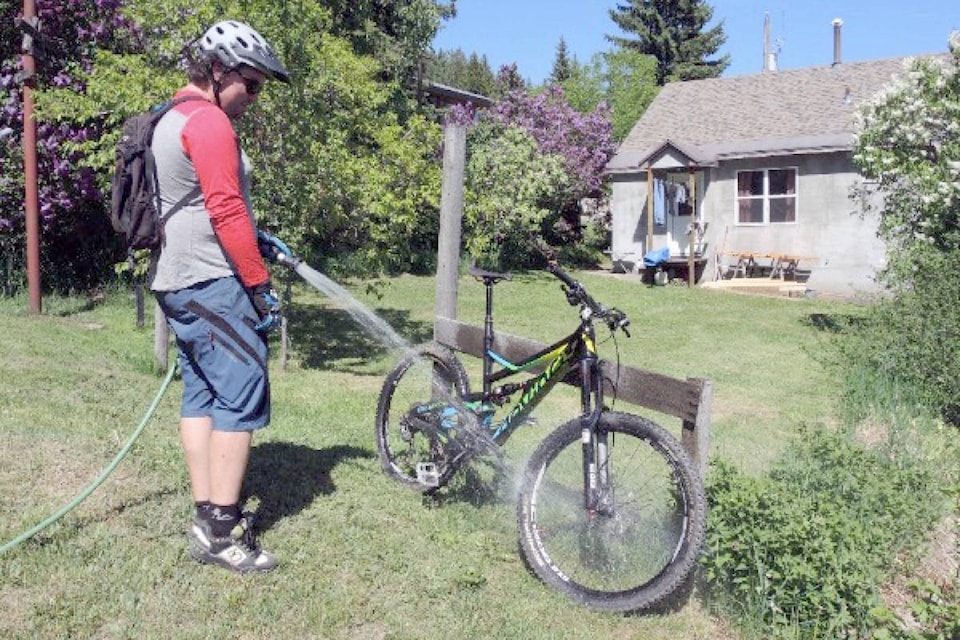Earth Day started in the U.S. on April 22, 1970 as an idea for a nation to focus on the environment.
Today 192 countries and 1 billion people partake in Earth day events, a day of action that encourage change in human behavior in order to create a healthy and sustainable environment.
Make yourself part of the movement by preventing the spread of invasive species. Invasive species can out compete native species for resources and space drastically lower the biodiversity of the ecosystem.
Humans are the no. 1 way invasive species spread by ‘hitchhiking’ onto watercraft, clothing, vehicles and even your pet! Simple actions listed below are a free and easy way to protect the native plants and animals found in your backyard.
1. Clean, Drain, Dry
- Clean all plants, animals, or mud from watercraft & related equipment
- Drain any water onto land
- Dry all items completely
2. Be PlantWise
- Choose non-invasive plants for your garden
- Remove invasives from your garden
- Avoid wildflower seed mixes
3. Dispose of garden waste properly
- Do not dump garden waste in public parks, natural areas, and roadsides
- All landfills within the RDCK and RDKB accept invasive plant species for free. Ensure your material is bagged in clear plastic bags and notify the attendant that you have invasive plant species
- NEVER compost invasive species
4. Clean off ALL your recreation equipment….Play Clean Go
- Remove mud & plant parts from gear, boots, pets & vehicles
- Arrive at the trailhead and recreation site clean
- Stay on trails
5. Report- A-Weed
- Know and report the high priority species in your region
- Download the free APP
